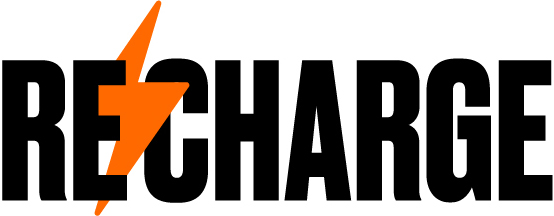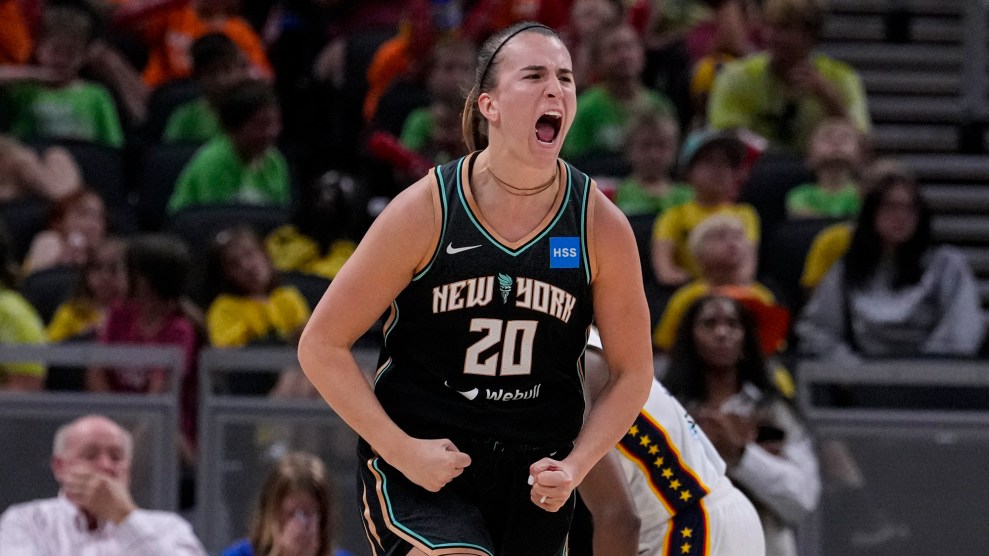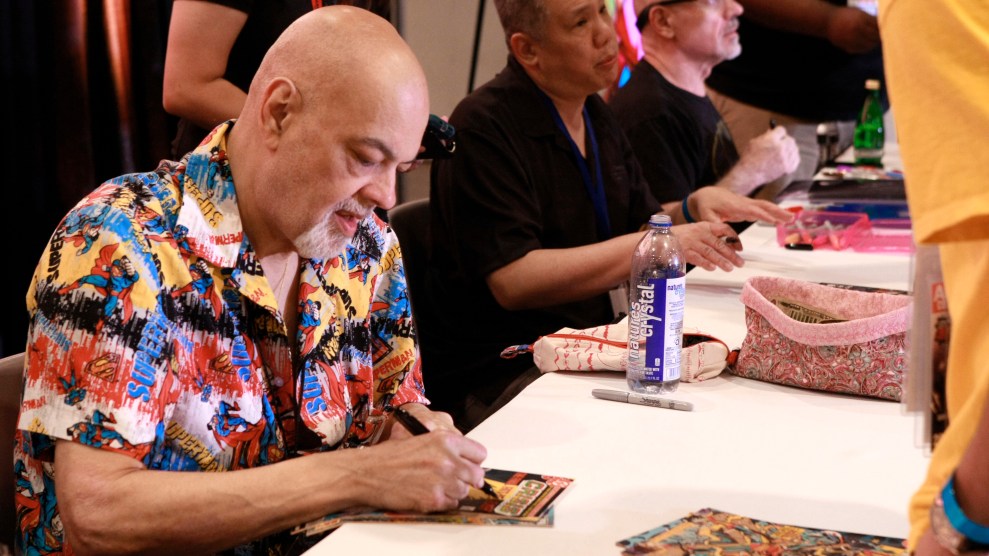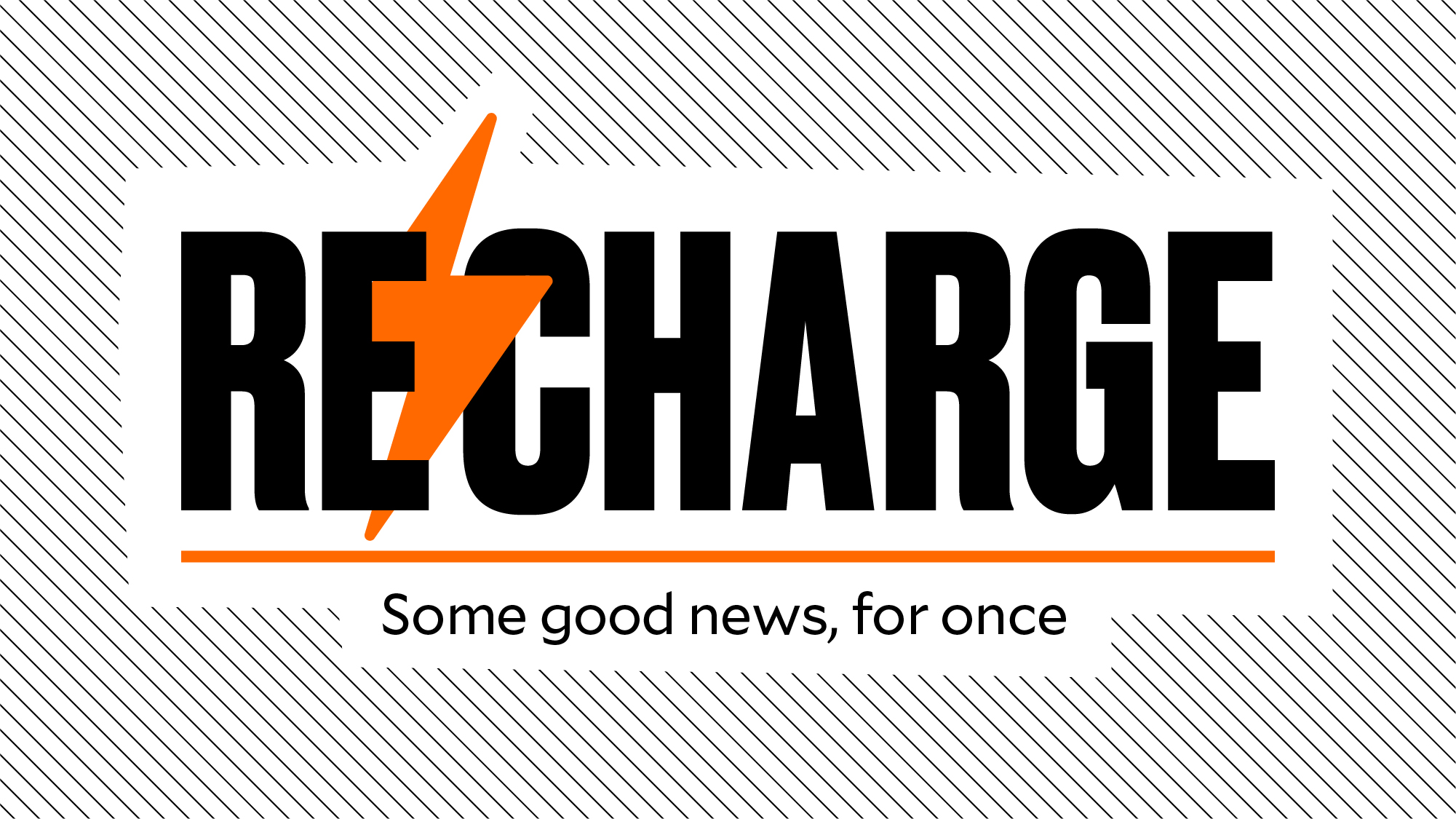As we enter the final stretch of fireworks before the election, a reader points me to a stark statistic about ballot access, but also an encouraging effort to improve turnout: Just 40 percent of polling locations accommodated voters with disabilities in 2016, up (though not enough) from 16 percent in 2000, and people with disabilities turn out at lower rates than the general population, largely due to accessibility. The good news is that mobilization is accelerating, not just with hashtags but with assistive technology like the Brink Election Guide, a new accessibility app that tells you when, where, and what methods are available to vote.
I don’t endorse apps or products but the reader who tipped me to it is heartened by what she calls “the broader effort it represents to actually bring me and voters like me into greater participation in elections.” She’d spotted it in a story yesterday by Catie Cheshire on the National Center on Disability and Journalism’s website, and I do endorse great articles. Cheshire’s is one; give it a read for a fuller picture of who and what are at stake in the next two weeks. She dives into the history of human rights through designers who “want the disability community to be a prominent voting bloc.”
More than 60 million US adults live with disabilities. Whether that’s you or someone in your household or not, let me know your experience with ballot access at recharge@motherjones.com. If you want to be quoted (with or without your name), say the word. Also! Let me know where you stand on people-first or identity-first descriptions: “people with disabilities” or “disabled people” as defaults.

















